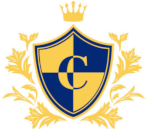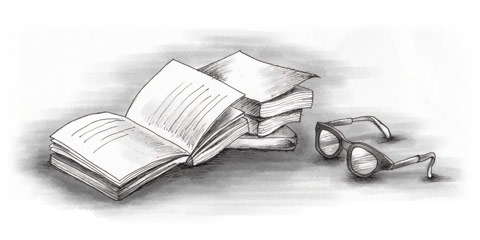Preschool
Children in Kazakhstan typically go to preschool at the age of four or five, and while it is not mandatory like primary and secondary school, around 80% of children do attend, their parents encouraged by the absence of fees.
Pupils attend preschool for three or four hours everyday, Monday to Friday. With Kazakh the official language of Kazakhstan and Russian the main business language, there is an expectation from the government that preschools teach both.
80% of the preschools in Kazakhstan are publicly run, of which there are over 100 across the country.
Primary education
Primary education in Kazakhstan is entirely state-run, with the curriculum defined by the Ministry of Education. As such, it is free to all citizens and expat residents in Kazakhstan. The state also provides all textbooks to primary schools throughout the country, so there is no need for parents to pay anything other than extra-curricular activities.
Ages and schedule
Following on from preschool, students start primary school at the age of six, continuing their development through a grade system from Grade One to Grade Four.
A significant difference to school systems that you might be used to is the timetable, which is split into two sessions. The first takes place from 08:00 to 12:00, and the second from 13:00 to 17:00, with students attending one of these per day.
Curriculum
The Kazakh curriculum in primary schools is what you would expect to find in most Western countries, barring the bilingual teaching methods in Kazakh and Russian. Subjects include reading and writing, maths, science, physical education, art and music.
Secondary school
Secondary schools in Kazakhstan are split into: lower secondary and upper secondary. Pupils must attend lower, and upon successful completion may proceed to upper. They are not obligated to do so.
Lower secondary
Lower secondary school in Kazakhstan ranges from Grade Five to Grade Nine, with pupils attending from the ages of 10 to 15, at which point they are legally permitted to leave the education system.
The curriculum naturally becomes somewhat more in-depth at this point, with the addition of various literature subjects, history, algebra and a more complex education in each of the natural sciences.
Upper secondary
Pupils in Kazakhstan’s upper secondary education must choose one of three tracks on which they will proceed. These are known as General Education, Initial Vocational Education, and Secondary Vocational Training.
The General Education track is aimed primarily at pupils who wish to go to university in the future. The curriculum does not differ greatly from lower secondary, however it is naturally taught at a much more complex level.
While the General Education track intended to be purely academical, the Initial Vocational and Secondary Vocational tracks are designed to give students a skill with which they can find various jobs. You can find out more about these options in our guide on vocational education in Kazakhstan.


